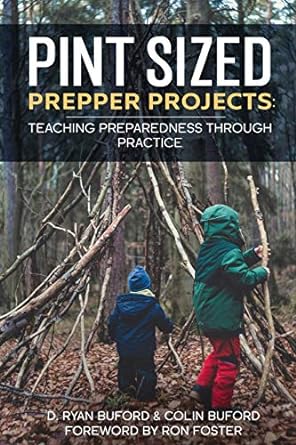How to: Make a Stick or Self-Bow
Share
Video
In this tutorial I walk through how to make a Stick-Bow or "Self-Bow" out of elm for my daughter. I started this project Winter of 2017. I have been holding on to these videos to launch at once, but have since decided to release what I have as I finish up the process.
Here I split a length of elm I have been letting dry inside from the Winter of 2018. You can take any ol' stick and bend it into a bow, but to make a more lasting, more durable one, you want to harvest a straight grained log for staves in late Fall or Winter when the sap is down.
You can shape it while it is green/freshly cut, but you will have to let it sit in a dry place for at least 6 months to dry it out and get it to a proper moisture content....shaping before drying will speed up the time for curing your stave.
Next, I am refining the shape by using a rasp, large knife, and files. Then I use the same tools to work the tillering - the even bending of both limbs of the bow.
Lastly, my daughter is able to shoot from a more or less finished product!
Then I am going a bit further with the Stick-Bow by pounding sinew and using hide-glue to lay a fiber-glass like laminate on the spine or back fo the bow. This will strengthen and add to the poundage/pull weight of the bow. Once dry this combination of hide-glue and sinew basically makes the bow indestructible outside of extreme heat or being emersed in water....hide-glue is water soluable.
The next important part of any bow is the string. Natural fibers can be used to achieve this. Here I am using harvested dogbane (Apocynum canabinum). Next to animal tendon or sinew dobane in the Northern hemesphire is one of the most strongest natural fibers you an find. I was used by Native peoples to make nets, clothing, traps, and bowstring. Here I am showing the start of reverse-twisting using dogbane fibers.
Here are links to my previous videos on extracting cordage from fibers:
How to: Make Cordage: Extracting Dogbane Fibers >>
http://www.theurbanabo.com/howto_2.php?hid=88
How to: Make Cordage with The Reverse-Twist >>
http://www.theurbanabo.com/howto_2.php?hid=73
I then use beeswax and dogbane fibers to service or wrap the bowstring at in the vicinity of the handle. This will strenghten, lubircate, the area where the arrow will be nocked and the string will be pulled.
An optional step for a hunting bow is to add fur silencers to the bowstring. This is relatively easy, by creating strips from fur-bearing animal pelt and inserting one end into the twists of the bowstring. Then wrapping the strip of fur around the bowstring, and inserting the end of the string into the twist of the bowstring. This will effectivily damping the "twang!" of a released bow draw from the string.
Another optional step for a bow is to add a string-keeper...this is simply a smaller piece of cordage that is tied to the main bowstring and then attatched to the top bow limb notch. This keeps the bowstring easily accesible when the bow is unstrung....BOWS SHOULD NEVER BE STRUNG FOR LONG PERIODS OF TIME! This will create "string-follow" in the bow and will weaken the strength of the bow.
Yet another optional step for a bow is to cover the back with reptile skin like rattle snake, thin strip of bamboo, or other woods, or rawhide.
Using hide-glue this will protect, strengthen, and add a decorative touch to your bow. Completely optional, but still a pretty cool way to finish your primitive weapon.
SORRY - There are no steps for this How-To. Please check back later. Or drop me a line at
TheUrbanAbo@gmail.com to let me know you wanna see this one fleshed out.







